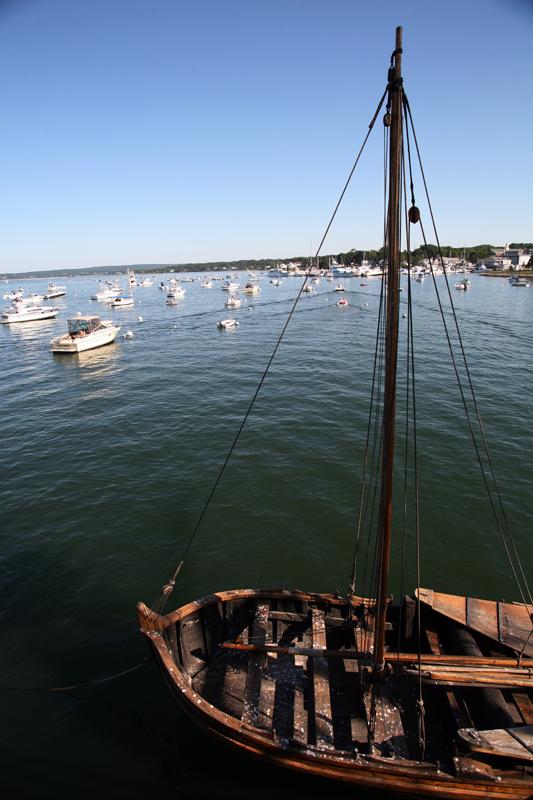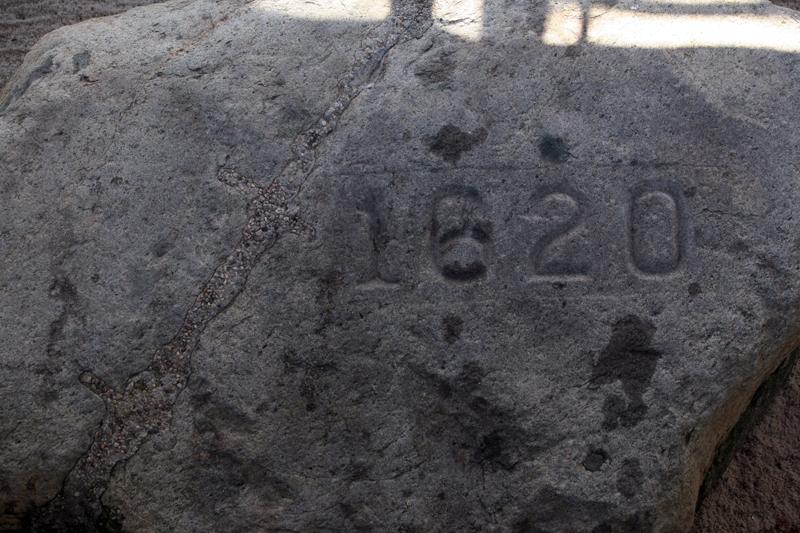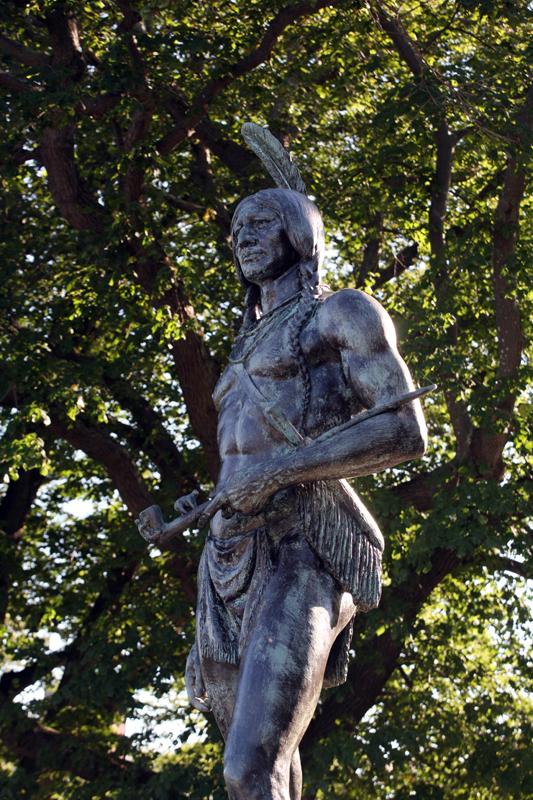Visiting Boston 5- Plymouth/Mayflower II/Plymouth Rock (Boston, MA)
Primary tabs
Type:
- Places

I had one place that I really wanted to visit even before I came to Boston. It was Plymouth. Plymouth is located about 30 to 40 minutes (40 mi./ 64 km.) south of Boston. As you can expect, Plymouth is a seashore town known as the South Seashore, and many tourists visit since it is designated as Pilgrim Memorial State Park.
I heard that not only could I see the Mayflower ship, but also Plymouth Rock, which is the disembarkation site of the Pilgrims in 1620.
Plymouth
Plymouth is a town in Plymouth County (Massachusetts), which holds a place of great prominence in American history, folklore, and culture. Known as "America's Hometown," Plymouth is the site of the colony founded in 1620 by the Pilgrims, passengers of Mayflower ship. Plymouth is where New England was first established and is the oldest municipality in New England, as well as one of the oldest in all of the USA. The town has served as the location of several prominent events (including the first Thanksgiving feast). Named after the English city of the same name, the American Plymouth served as the capital of Plymouth Colony from its founding in 1620 until 1691 when the colony merged with the Massachusetts Bay colony.
As one of the country's first settlements, the site is well known for its historical value. The events surrounding the history of Plymouth have become part of the mythology of the country, particularly those relating to Plymouth Rock, the Pilgrims, and the first Thanksgiving. As such, the town is a popular tourist spot, especially during the Thanksgiving holiday.
Even if it was my first time visit to Plymouth, it was not that difficult to find. Once I arrived in Plymouth, I felt it was a tourist place clearly with being crowded with people and cars. The first thing that caught my eyes was obviously the Mayflower ship. There was a fee to enter the Mayflower ship.


Since I arrived rather late, I decided to look around only the Mayflower ship. But I found a rather odd fact about the ship. It was written as Mayflower II in front of the ticket office. I wondered whether two ships came and one went back to England and only one stayed at that time. It was only my imagination and it bothered me.
Not only was the Mayflower II small, but also the surrounding area was very small and shabby. There were some tools, but I wasn’t sure whether they were used during that time period or set later for display. I had a hard time imagining how 102 people could board this small ship at the time. There were people in costume of that era here and there inside the Mayflower II ship and they looked really bored. Anyway, I asked one of the people in costume what Mayflower II means. The person responded that he did not know and he acted obviously right not knowing it. And he said the Mayflower II is not the original Mayflower ship; it was actually produced later, and there were many ships called Mayflower in the U.S.
After hearing what he said I felt I was too naïve…well, I almost felt I was a fool thinking that the Mayflower would be there staying still for almost 400 years. I blushed thinking how naïve I was. ;(
I found out that the original Mayflower went back to England the year after it arrived. Knowing this fact, I felt the entrance fee was too expensive and it made me upset that I was mislead.
I wondered how much I would’ve been disappointed had I joined the tour to Plimoth Plantation, which consists of a re-creation of the Plymouth settlement in 1627, as well as a replica of a 17th-century Wampanoag home site.



Mayflower II
The Mayflower II is a full-size replica of the Mayflower ship that brought the Pilgrims to Plymouth in 1620. Located at the State Pier in Plymouth Center, it is a museum about the Pilgrims' historic voyage from Plymouth (England). Considered a faithful replica of the original Mayflower, it is part of Plimoth Plantation. Built in Brixham (England) in 1956, it was piloted to Plymouth (U.S.) across the Atlantic Ocean in 1957 by mariner Alan Villiers. The ship remains seaworthy and routinely takes trips around Plymouth Harbor.
Mayflower
The Mayflower was the ship that transported the first English Separatists (today known as the Pilgrims), from Plymouth, England, to the New World in 1620 with 102 passengers and a crew of approximately 30. The voyage has the iconic story in American history, including the death and survival in the harsh New England winter after arrival. The signing of the Mayflower Compact (with each member contributing to the welfare of the community) was an event that helped establish a rudimentary form of democracy in the New World.
I went to see Plymouth Rock, where the people who came on the Mayflower disembarked in the New World for the first time. The rock is located in a gothic structure and 1620 was written on the rock. Since I was misled once, I could not believe whether this rock is real or not. It could have been any rock with 1620 written on it.
Plymouth Rock
One of Plymouth's most famous attractions is Plymouth Rock. Although tradition says the rock was the disembarkation site of the Pilgrims, there is no historical evidence to support it. The first identification of Plymouth Rock as the landing site wasn’t made until 1741 by Thomas Faunce, whose father had arrived in Plymouth in 1623 (3 years after the arrival of the Mayflower). The location of the rock is about 650 feet (200 m.) from the initial settlement site.
Plymouth Rock became famous after its identification as the supposed landing site of the Pilgrims. During a subsequent move to a location in Plymouth Center, the rock split in two. It was later moved to Pilgrim Hall and then to another location where it was easily accessible and subject to souvenir hunters. In 1921, the rock was finally moved back to its original location along the town's waterfront in. The "Plymouth Rock" boulder now sits under the historic Plymouth Rock Portico. The rock and portico are the centerpiece of Pilgrim Memorial State Park. Although it is the smallest park in the Massachusetts State Parks system, it is the most visited.



Since it was late and the museum was closed, I went to a high ground area where there was a statue of an Indian chief. I found out that the state of Massachusetts was named after a local Indian, Massasoit, who was the chief at the time the Mayflower landed there. The statue was majestic and very memorable to me. I concluded the trip by wondering how Indian chief Massasoit would feel seeing how much the land has changed since his time.


*This posting was translated from a Korean post. Click here to read the original version.
 Forward
Forward Twitter
Twitter Google+
Google+ LinkedIn
LinkedIn
